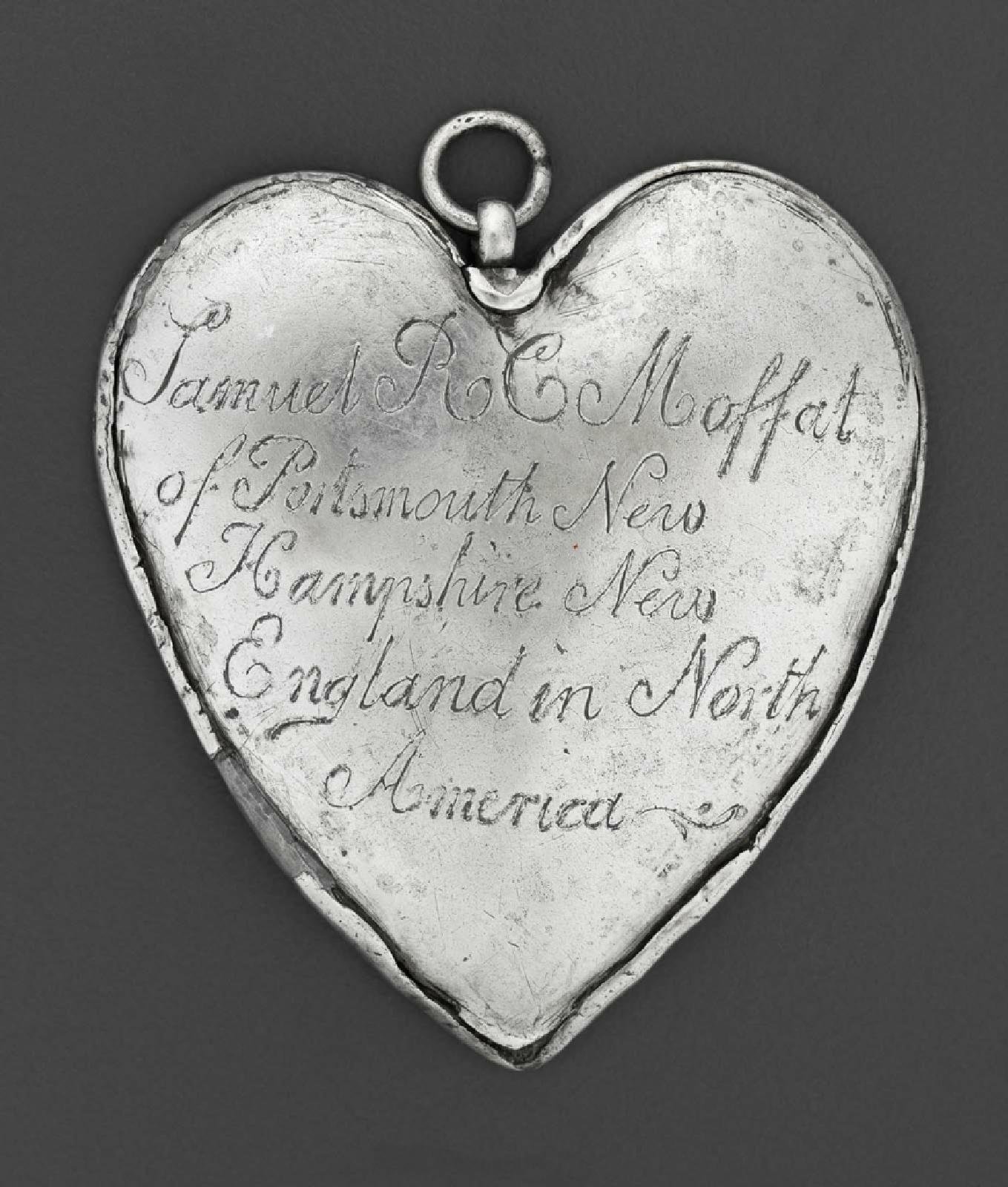Caulbearers
On rare occasions, when a child is born, a piece of the amniotic sac adheres to the child’s face like a veil. This is known as a “caul birth” (not to be confused with an “en caul birth,” where the child is born completely encased within an intact amniotic sac.)
For thousands of years, those born with a caul were thought to proceed through life blessed with general good fortune and to possess special qualities, such as the gift of precognition or clairvoyance. The caul itself was treated as a precious relic — dried and preserved — because the caul’s magical properties were believed to continue to bless and protect the caulbearer throughout their life. Pieces of the preserved caul were incorporated into talismans for this purpose, such as these beautiful engraved lockets.
Locket, c. 1597, from the collection of the Victoria & Albert Museum.
“According to family tradition, this locket contains part of the caul or caput galeatum (the membrane enclosing the foetus before birth) that John Monson was born with in 1597. This was considered to be lucky, especially as a protection against drowning. A silver box in the Danish royal collections holds the caul of King Frederik III who was born in 1609 - it was believed to offer strength and good fortune.”
Locket, c. 1776, from the collection of the Museum of Fine Arts, Boston.
Engraved "Samuel R C Moffat / of Portsmouth New / Hampshire New / England in North America" and on the other side with Moffat arms. By tradition, made to enclose the caul of Samuel Robert Cutt(s) Moffatt of Portsmouth, New Hampshire (b. ca. 1776, d. 1816)
Individuals born with a "caul" (part of the amniotic sac) covering their face like a veil were believed to have the gifts of clairvoyance and general good luck. The caul was generally preserved and kept with the person.
This tradition has persisted to the present day. Here is a contemporary pendant made with a dried caul mounted on glass and sealed with resin and pressed into a brass decoration.
How does one preserve a caul?
It’s pretty straightforward. After carefully removing the caul from the child’s face, it is placed upon a clean piece of sturdy paper or cardboard and left to dry. Preserving a caul made economic as well as spiritual sense. According to an object note from the Pitt Rivers Museum, the going price for a caul in 1907 was roughly £20. Unfortunately, there is no image of the caul referenced in this note, but it indicates that the caul is a “good omen” and is preserved in a “glass-fronted frame.”
Superstitions Involving Cauls
In addition to identifying the person born with a caul as lucky, the caul could pass its power along to others. Someone in possession of a caul was thought to be protected from drowning, which is why cauls were often sold to sailors. Cauls placed under the bed of a sick person were said to help the ailing. And the talisman was also said to help lawyers win legal cases.
Folklore around the caul is vast, and being born with a caul is actually a pretty common biographical detail for numerous literary characters, despite the rarity of caul births. Wikipedia editors have done a nice job compiling all of the references to caulbearers in literature, including David Copperfield, Gypsy Rose Lee and Danny Torrance from The Shining.
While the caul has been somewhat demystified by modern science, there is still an active community of caulbearers in modern times. Those who wish to delve deeper into this subject are encouraged to visit their website, where a plethora of information about the meaning and mystery of caul births is available.



